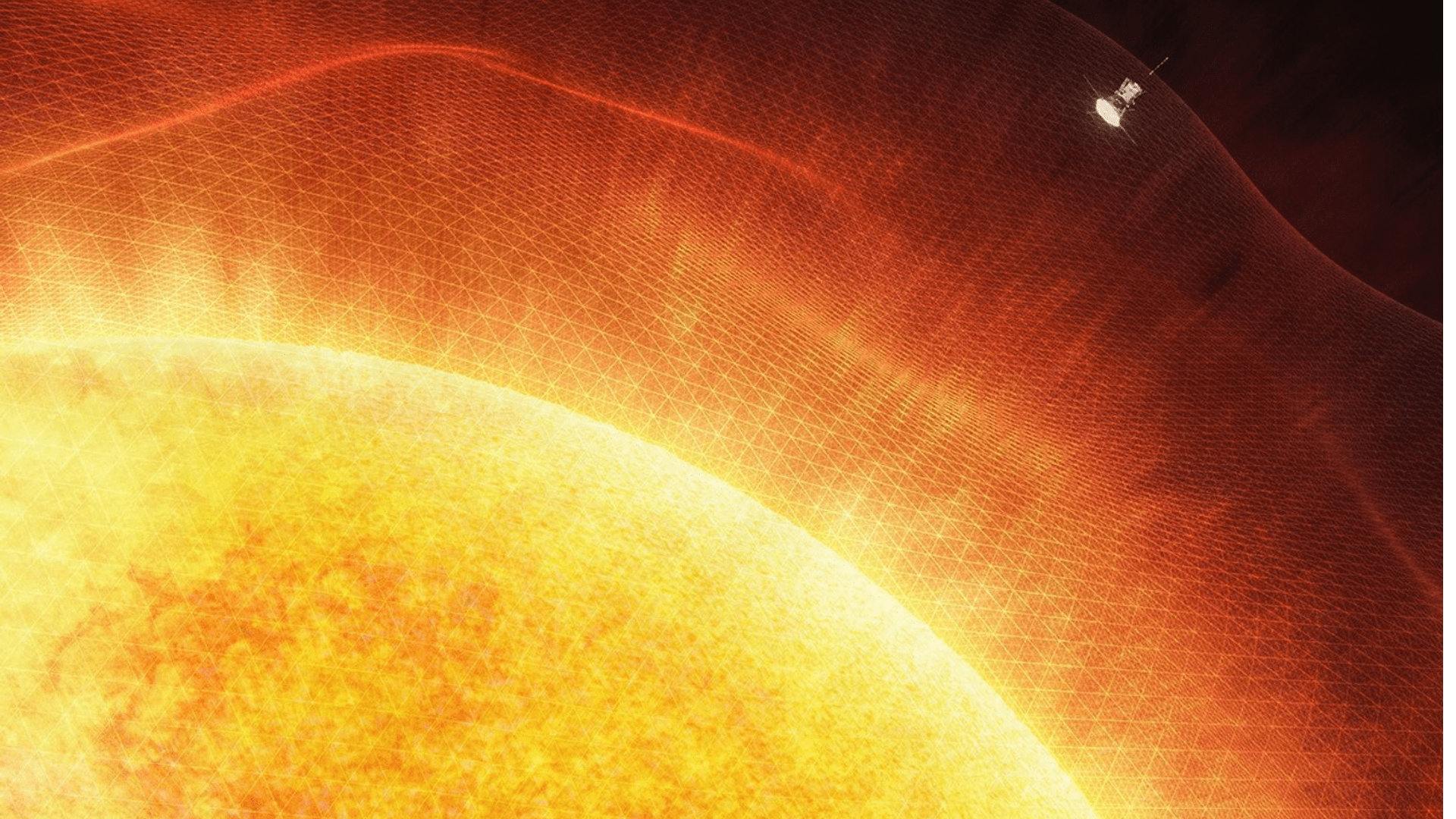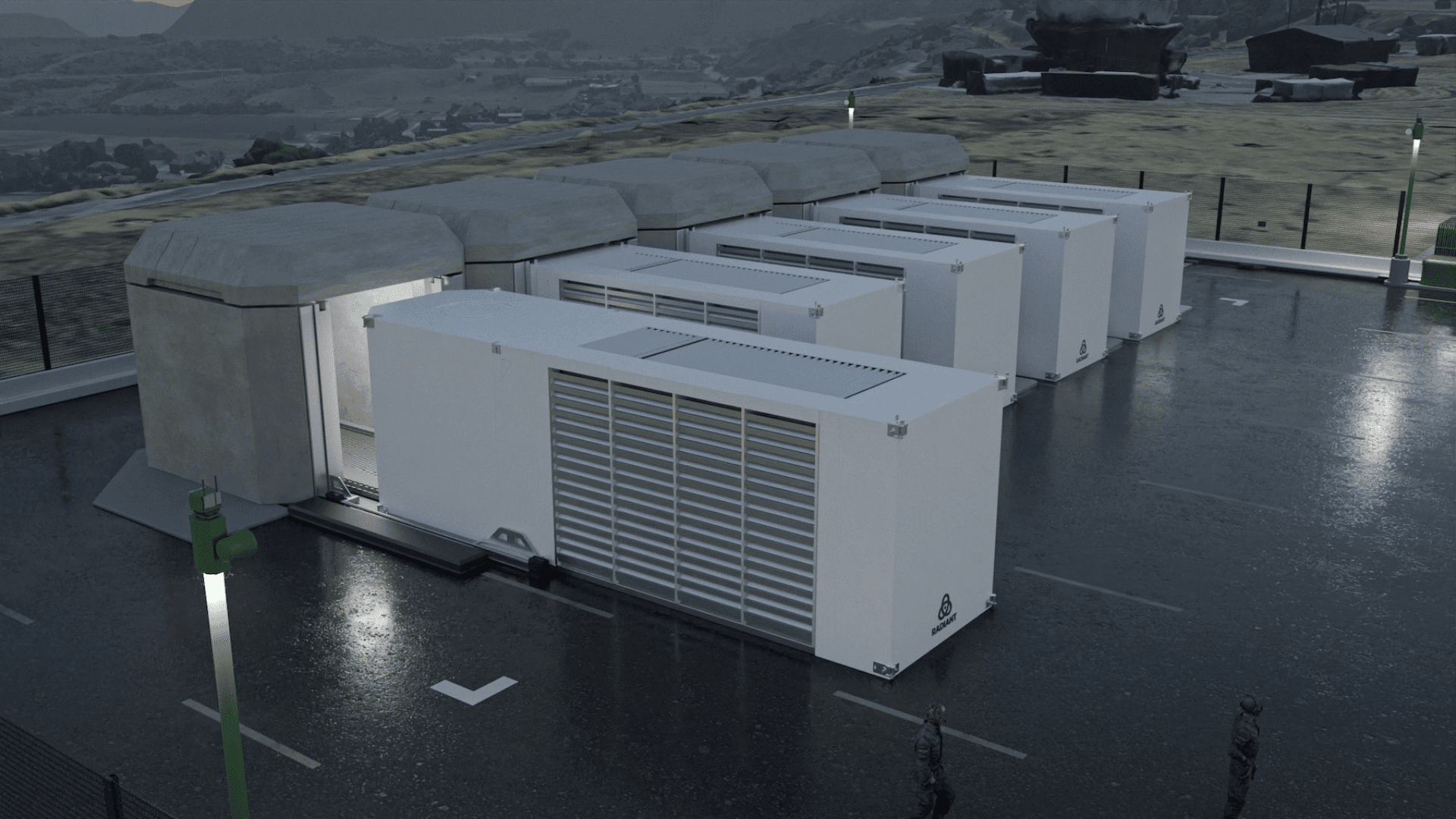3.8 million miles is an astronomical distance on Earth. It’s hard to wrap your head around that number. But, when it comes to a spacecraft flying in deep space, that number doesn’t seem so large. That is how far NASA’s Parker Solar Probe was above the Sun’s surface, making it a record-breaking approach and surviving.
Additionally, it buzzed through the solar atmosphere at 430,000 mph— faster than any human-made object has ever moved.
According to NASA, this pass is the first of more to come at this distance. The agency says the pass allows the spacecraft to conduct “unrivaled scientific measurements with the potential to change our understanding of the Sun.”

Understanding the Sun
“Flying this close to the Sun is a historic moment in humanity’s first mission to a star,” said Nicky Fox, who leads the Science Mission Directorate at NASA. “By studying the Sun up close, we can better understand its impacts throughout our solar system, including on the technology we use daily on Earth and in space, as well as learn about the workings of stars across the universe to aid in our search for habitable worlds beyond our home planet.”
A mission of this degree doesn’t happen in a day. Parker started its journey six years ago, in 2018. The spacecraft used seven Venus flybys to direct itself gravitationally closer to the Sun. The spacecraft reached its optimal orbit with its last Venus flyby on Nov. 6, 2024. Because of the oval-shaped orbit, it reached an ideal distance from the Sun every three months.
The distance is close enough for the spacecraft to study our Sun’s mysterious processes but not too close for it to be damaged by the extreme heat and radiation. NASA scientists say the spacecraft will remain in this orbit for the remainder of its primary mission.
“Parker Solar Probe is braving one of the most extreme environments in space and exceeding all expectations,” said Nour Rawafi, the project scientist for Parker Solar Probe. “This mission is ushering a new golden era of space exploration, bringing us closer than ever to unlocking the Sun’s deepest and most enduring mysteries.”
Historic Moment
“It’s monumental to be able to get a spacecraft this close to the Sun,” said John Wirzburger, the Parker Solar Probe mission systems engineer. “This is a challenge the space science community has wanted to tackle since 1958 and had spent decades advancing the technology to make it possible.”
When the Parker Solar Probe flies through the solar corona, it takes measurements that help scientists better understand how the region gets so hot and traces the origin of the solar wind (a constant flow of material escaping the Sun).
“We now understand the solar wind and its acceleration away from the Sun,” said Adam Szabo, the Parker Solar Probe mission scientist. “This close approach will give us more data to understand how it’s accelerated closer in.”
The spacecraft’s next planned close solar passes come on March 22, 2025, and June 19, 2025.







